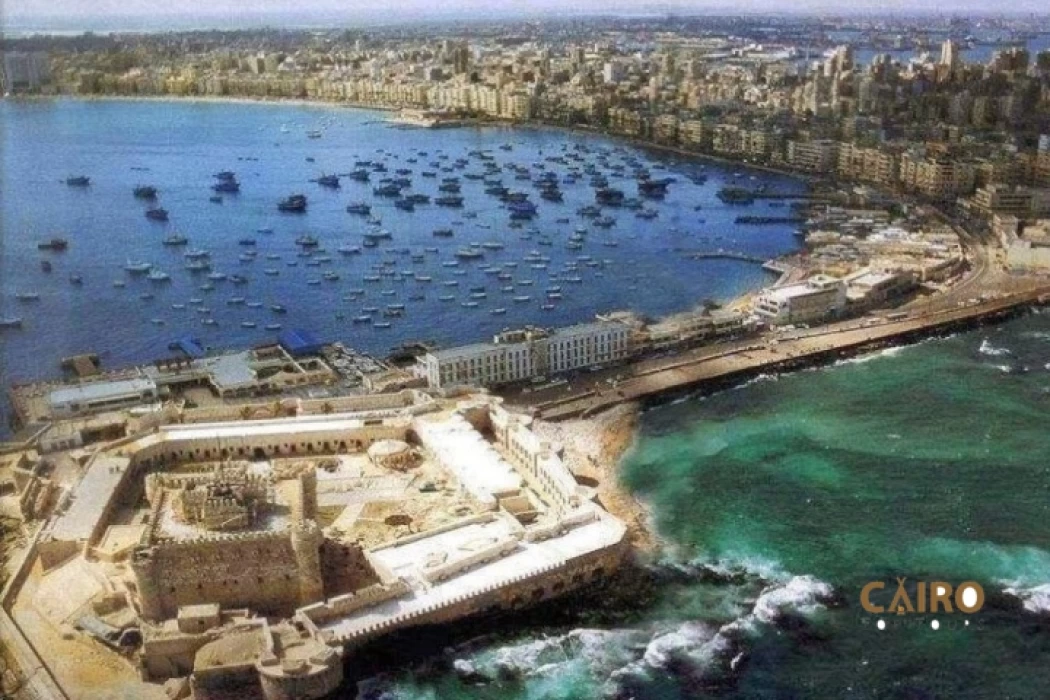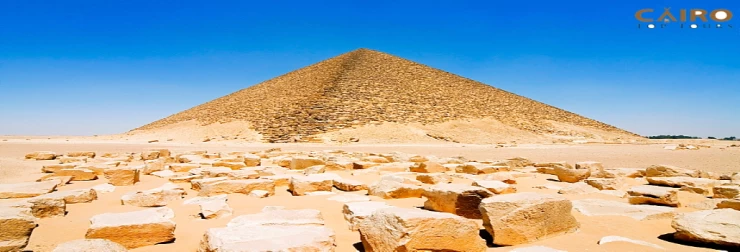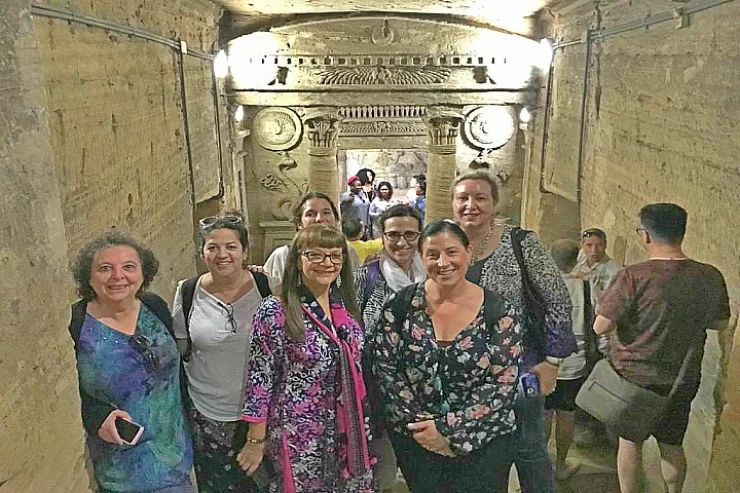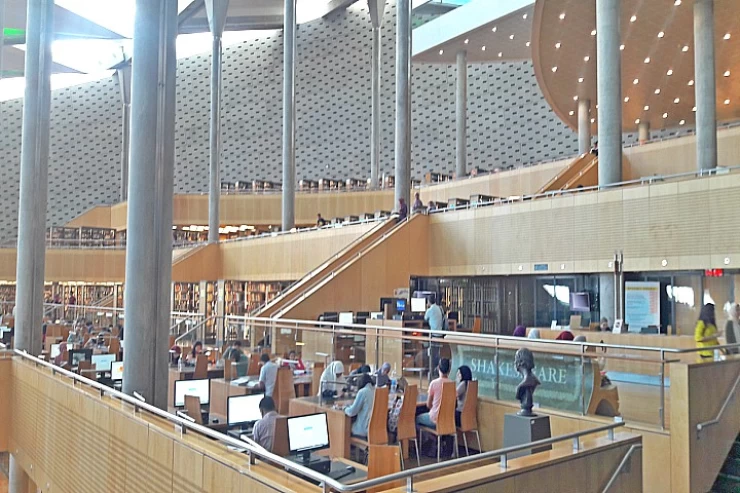
Alexandria Port
Alexandria Port: Gateway of Egypt to the Mediterranean
Being located along the Egyptian Mediterranean Sea front, Alexandria Port is a place of economic and historic significance for Egypt. This port, located in Alexandria, the second-largest urban area of Egypt, is far more than a terminal for shipping; the port somehow seems to connect the ancient world with the present, wherein there exist thousands of years of history being merged with modern commerce. Due to its strategic positioning linking Africa, Europe, and Asia, it lies at the core of Egypt's economy and sustains the international maritime logistics structure.
A Historical Maritime Powerhouse
From the founding hands of Alexander the Great in 331 BCE, Alexandria received its essential existence through its harbour's dominant position. Throughout the Roman and Hellenistic eras and the Byzantine periods, Alexandria functioned as a vital intercontinental trade hub linking Eastern and Western domains. The harbour maintained a position as one of ancient history's leading ports because the island of Pharos, together with the Lighthouse of Alexandria, enhanced its protection status among the Seven Wonders of the Ancient World.
Although occasional market setbacks occurred during periods of new trade routes and political turmoil, the city maintained its status as a maritime trade centre throughout the medieval and Ottoman periods. The opening of the Suez Canal in 1869 marked the return of Alexandria Port to its historically prominent status. The maritime hub grew to connect Egypt directly to European and Asian markets through its transportation functions.
Structure and Modern Facilities
Today, Alexandria Port is divided into two primary harbours: the Eastern Harbour and the Western Harbour, which function as separate units through a piece of land that previously supported the Heptastadion causeway. The Eastern Harbour, dedicated to smaller vessels and yachts, maintains its historical identity, where cultural attraction points of the city are based. The Western Harbour functions as the city's main commercial seaport while receiving most maritime traffic.
The entire port infrastructure underwent substantial technological updates throughout the past several decades. The Western Harbour houses facilities such as container terminals alongside general cargo berths grain silos and oil and chemical tanker stations. The international trade of Egypt relies on Alexandria Port for more than 60% of its total commerce operations, making this location Egypt's principal seaport.
Ongoing expansion at the port includes digital customs transformation along with investments to construct deep berths for bigger vessels. National plans aim to establish Egypt as a regional logistics hub and compete directly with ports like Piraeus in Greece and Haifa in Israel in the Mediterranean region.
Economic Significance
Alexandria Port creates substantial economic effects throughout Egypt's territory. Through its position as a principal trading hub, the port allows both imports and exports of food and electronics, together with automobiles and chemicals, in addition to petroleum products and industrial machinery. Through the port, Alexandria serves as the essential gateway to export Egyptian agricultural products, along with textiles and manufactured goods, across Europe and Asia.
The port operates as an economic foundation for multiple industries, which encompass logistics operations together with warehousing and shipping services alongside customs brokerage. Among the major organizations that direct port management are the Alexandria Container Handling Company (ACHC) and the Alexandria Port Authority (APA). The cooperation between private and public stakeholders with these institutions ensures an efficient operation of the port while maintaining its global competitive position.
The employment opportunities provided by Alexandria Port amount to tens of thousands of positions across the city and surrounding regions, which strengthen the economic base of the region. Through its operations, the sector indirectly affects banking services and insurance services, along with real estate development and the manufacturing industry.
A Landscape Rich in Culture and Natural Beauty
The port functions beyond its industrial boundaries because it maintains strong ties with Alexandria's cultural heritage and urban development. Stand at the docks to experience an amazing display of moving activity alongside distinctive architecture. The historic Citadel of Qaitbay stands as a 15th-century fortress built on the site that once housed the ancient Lighthouse of Alexandria to the east. The walls of the fortress present a powerful view across
Greco-Roman ruins, Ottoman mosques, and colonial structures are arranged along the port's southern and southeast waterfront, showcasing Alexandria's multiethnic past.
Not far from the harbour, the Bibliotheca Alexandrina is a contemporary homage to the ancient Library of Alexandria, signifying the city's longstanding close ties to trade, knowledge, and maritime endeavours.
Across from the metropolitan core stretches an expansive domain of coastal lagoons, salt flats, and Mediterranean beaches. Natural waterways near Lake Mariout, together with Abu Qir Bay, support biodiversity and continue to provide fishing industry resources. The natural landscape serves to enhance Alexandria's character while providing potential for both environmental exploration and ecotourism.
Challenges and the Path Forward
The Alexandria Port maintains many positive qualities, yet it deals with different obstacles. Industrial runoff, peak trading season congestion, and climate change effects, which include rising sea levels, represent three urgent challenges for Alexandria Port. Through international partnerships and Egyptian government investment, Alexandria will implement sustainable port practices for better waste management and green logistics and harbour deepening projects to support energy-efficient and larger ships.
Dekheila Port functions as an extension of Alexandria's maritime capacity through its position west of the city to decentralize maritime operations.


















